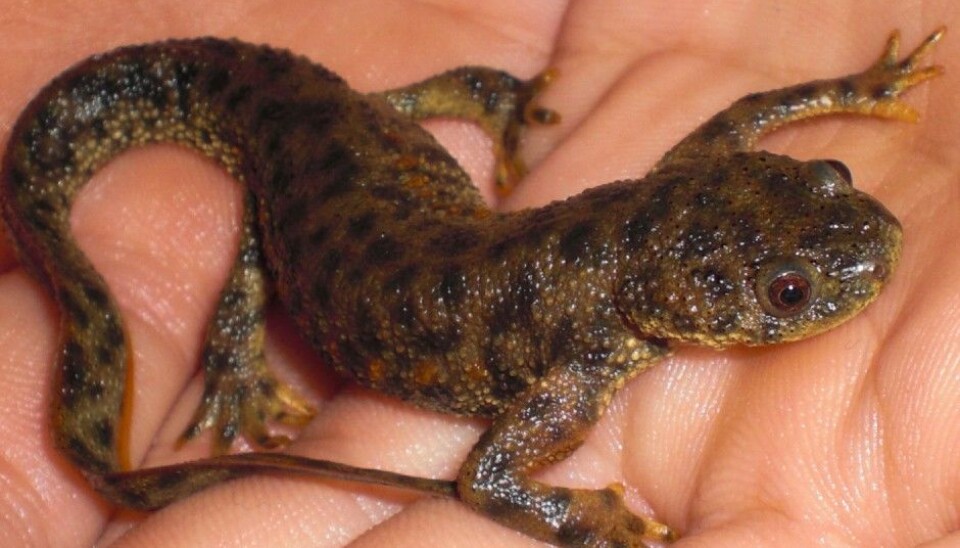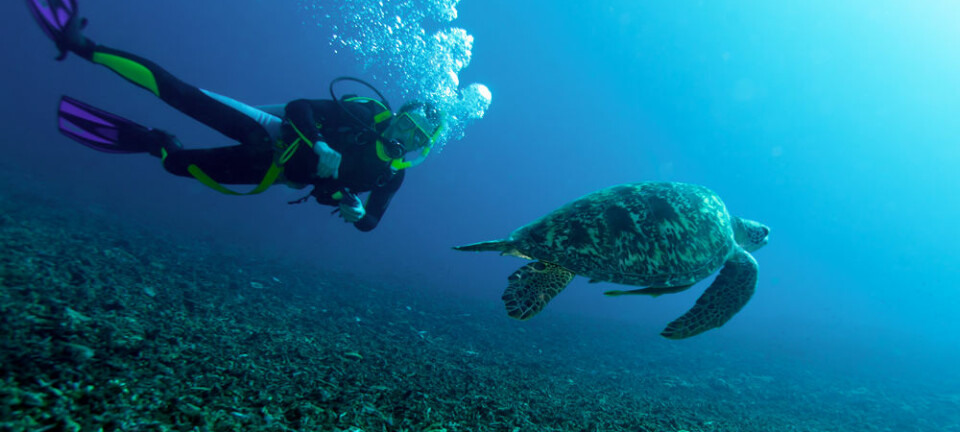
How does a newt make a new tail?
Scientists have found the genes that are linked to the regrowth of body parts.
If you lift a salamander by the tail you might easily be left holding just a tail in your fingers.
The salamander or newt would rather escape minus a body part for a while than risk a worse fate because a new one will grow out.
How can such an advanced vertebrate lose a tail and a leg and replace them all by itself?
The answer would of course be in its genes.
An international group of scientists led from Sweden have mapped the genome, all the genetic material, of the Iberian ribbed newt, which lives in Spain, Portugal and Morocco.
They discovered the genes that are expressed when the animal regrows its lost appendages.
Hoping to help us too
They found that these amphibians have large amounts of a special type of molecule.
These are found in mammals too, partly in cancer cells, and the researchers speculate as to whether there can be a connection here with the newts’ resistance to cancer.
Could the new insights eventually help humans?
“We conduct basic research but our findings can hopefully lead to a development of new strategies for us humans,” says András Simon, who led the study, in a press release from the Karolinska Institute in Stockholm.
But that would be far down the road. First the scientists need to find out more about the genes and compare them with those of other animals to see in more detail what makes the salamander’s tissue growth so special. The genes and the RNA molecule sets they have found are not likely to be the entire explanation.
Shooting ribs through their skin
The scientists used a technology called CRISPR/Cas9 which changes genes in organisms and also found that the animal does not need the same gene as mammals to build muscles.
The sharp-ribbed newt, which prefers an aquatic life, is pretty tough.
It defends itself by pushing its ribs through special tubercles running down its side, and coating the sharp ribs simultaneously with a poisonous secretion.
Although this seems drastic, it is not seriously damaging to the amphibian, which can be up 30 centimeters in length. It does not seem to be heavily affected and after the threat is overcome it gets its ribs back inside where they belong, according to Wikipedia.
-------------------------------------
Read the Norwegian version of this article at forskning.no.
Translated by: Glenn Ostling







